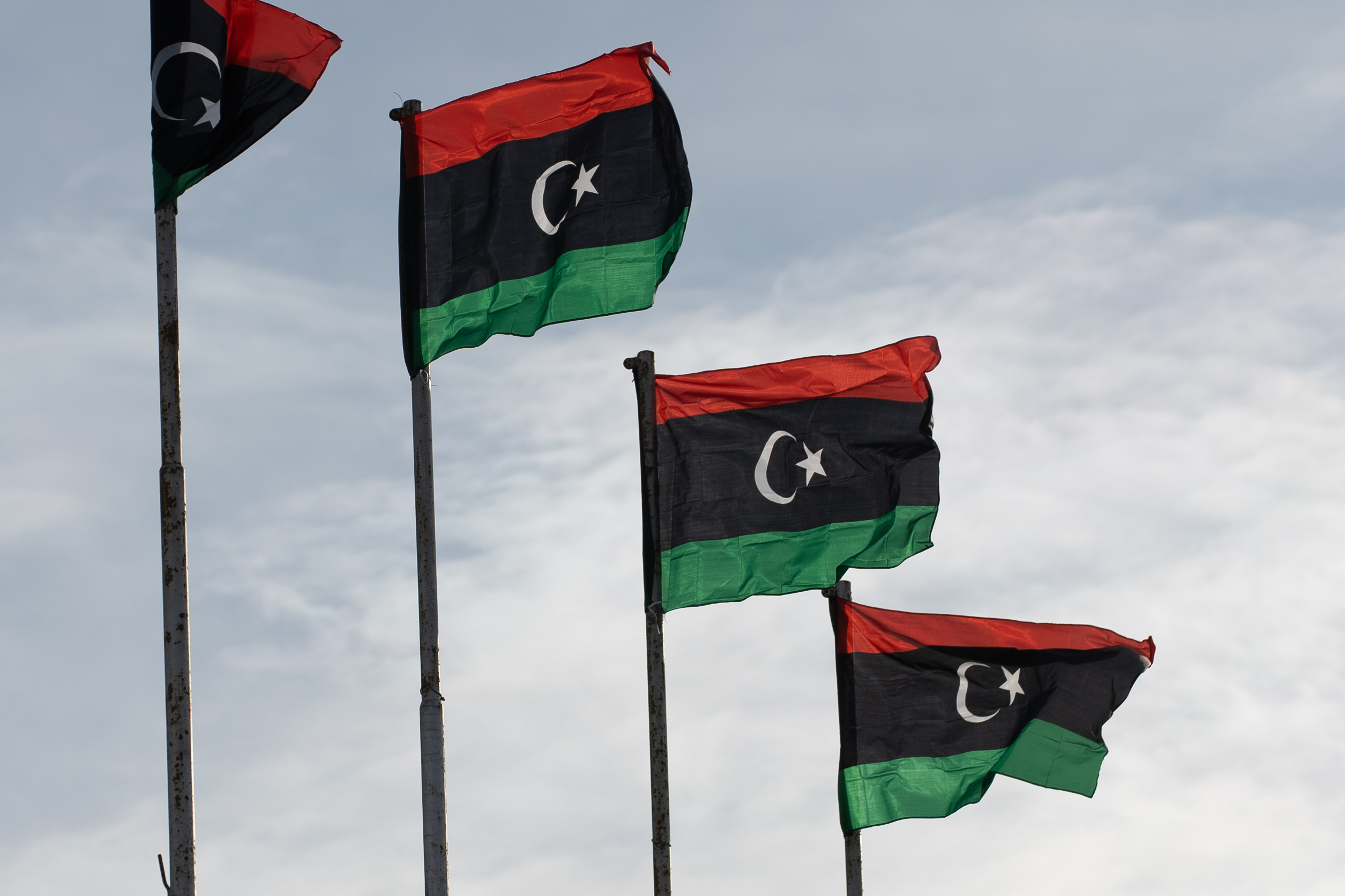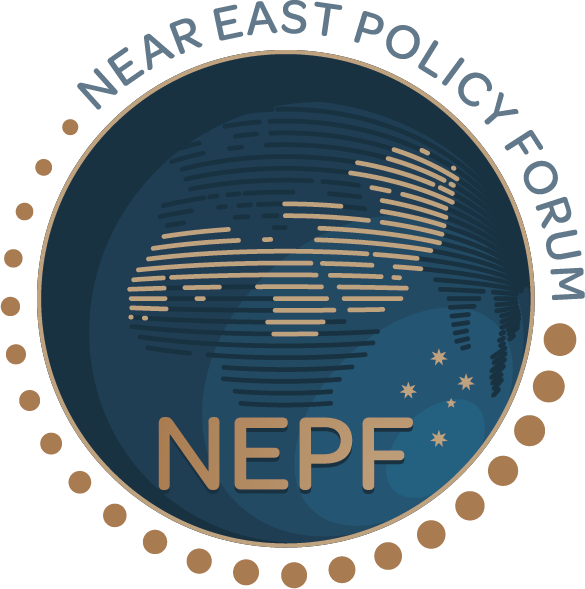The current strategic and political situation in Libya seems almost unrecognizable from the perspective of just a year ago. For the first time in nearly a decade, Libya appears to have a widely supported transitional administration under recently appointed Prime Minister Abdul Hamid Dbeibah. There are also ongoing talks to unify the command structures of the main rival military factions claiming to be Libya’s national army. The main objective of this new interim government — arguably Libya’s fifth since the collapse of the Mu‘ammar Al-Gaddafi regime at the end of the 2011 revolution — is to complete the long-interrupted transitional process of creating constitutional self-governance. Its biggest test, however, will come at the end of the year, when Libya will attempt to hold national elections for the first time in over seven years.
In 2020, Libya’s “second” civil war, which began in 2014, appeared to be reaching a violent climax. By March, the armed forces of Khalifa Haftar were continuing their year-long assault on Tripoli to unseat the UN-backed Government of National Accord (GNA). Though supported militarily by Russia, Egypt, and the UAE, Haftar’s militias were dramatically routed by an aggressive Turkish intervention last spring and summer. An uneasy truce soon followed as Haftar’s forces, with support from Russian and Syrian mercenaries, entrenched their positions in Sirte, a city situated at roughly the half-way point between Tripoli and Haftar’s strongholds in the eastern part of the country.
If the Libyan conflict seemed hopelessly unresolvable in 2020, it has surprisingly de-escalated in 2021. A significant amount of credit goes to the painstaking work of the United Nations and the broad national dialogue process it has facilitated to reach this optimistic juncture. In effect, the August 2020 ceasefire allowed the UN mission in Libya to reinvigorate a process — deliberately interrupted by Haftar’s April 2019 assault on Tripoli — of bringing Libya’s multitude of stakeholders into conversation on the future of the country.
Concerns surrounding the durability of this new phase of Libya’s never-ending interregnum nonetheless remain. First of all, there is a widespread feeling of déjà vu all over again. The previous UN facilitated agreement, which also attempted to install a universally acceptable interim authority in 2016, did little to resolve the fundamental issues driving the civil war. Instead, it served as a rubber stamp for the North Atlantic powers in their campaign to root-out the Islamic State from its stronghold in Sirte. As with the previous governments seated in Tripoli, the GNA found itself from day one held hostage to economic interests and political ambitions of the militia coalitions that had divided up the capital into different zones of control.
The most significant change to the structure of the conflict in recent months is Turkey’s entrance into the civil war in 2020 on the part of its allies in the western region of Tripolitania. This intervention had the effect of blunting Haftar’s contentious national ambitions for leadership, perhaps permanently, though his significant power as a spoiler remains more or less intact. Despite the humiliating defeat suffered by Haftar’s forces and his international backers outside Tripoli and other parts of western Libya last summer, the social, political, and military coalition Haftar leads did not collapse, and has reconsolidated to some extent under the cover of existing armistice with Russian, Egyptian and Emirati support.
It is also clear that the Libyan population has become increasingly convinced that a military solution to the civil war is not possible after a decade of on-and-off fighting. While much of the violence has been highly localized at times, allowing for a degree of post-2011 “normalcy” in most parts of the country, it has been disastrous for Libya’s previously high levels of human development relative to other African and Middle Eastern states. A general state of war-weariness might thus be amenable to ending the civil war and finally achieving a permanent post-revolutionary government rooted in a popularly supported constitution.
It thus remains to be seen how this conflict fatigue will translate into Libya’s post-conflict future given the current political and military status quo. The most obvious issue is the de facto division of the country into eastern and western zones of control, with the vast Saharan hinterland more fluid and open to changing alliances. Another major factor will be the consolidation of Libya’s internally predatory civil war economy and the transformation of mafia-like militias into formal agents of rival security agencies in a divided state. A number of Libyans today worry that Lebanon has become the model for their peace: a reality in which permanently dysfunctional central authority exists hand-in-hand with armed organizations that have become institutionalized aspects of the new state.
The views expressed in the Near East Policy Forum are those of the authors and do not represent the views of the Near East Policy Forum or any of its partner organisations.




